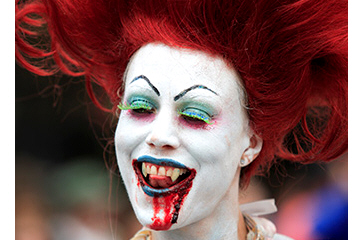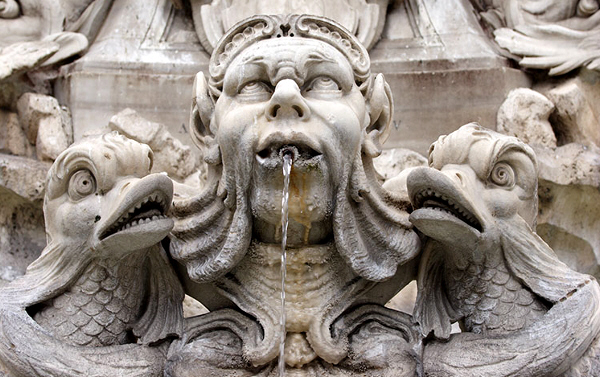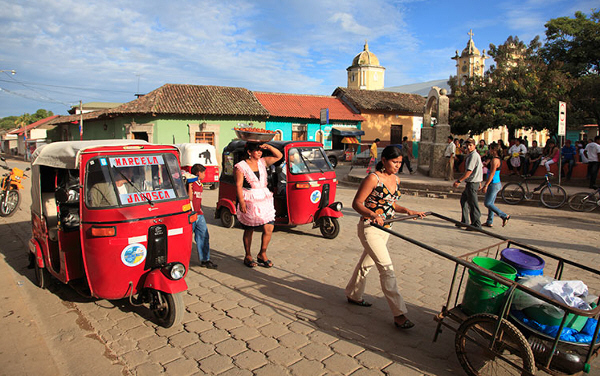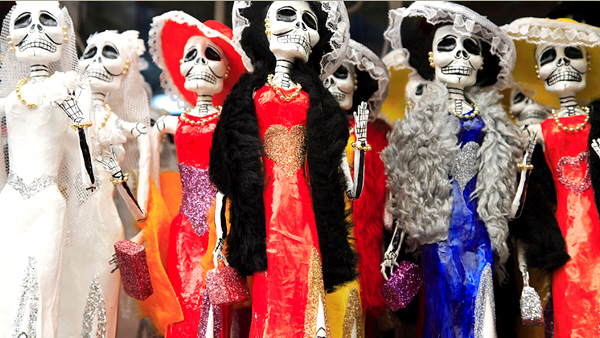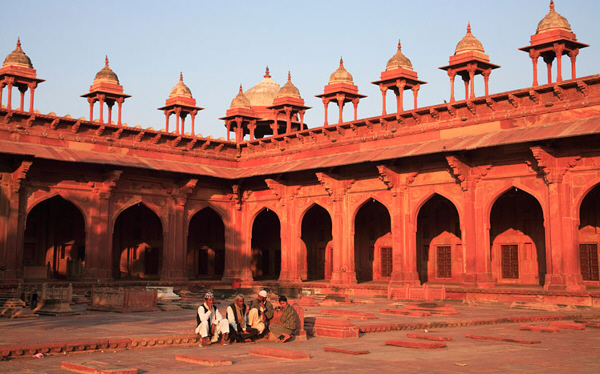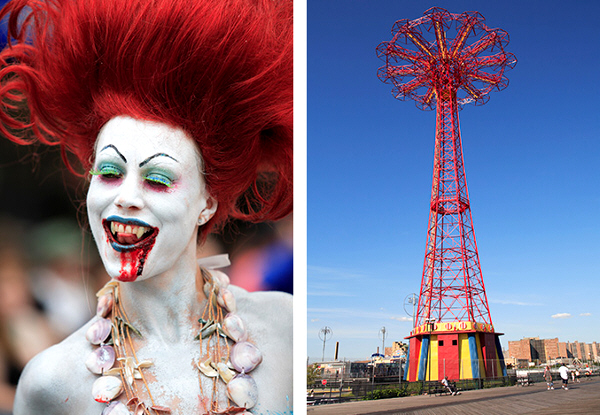
All photos courtesy of Wendy Connett
NEW YORK BASED travel photographer Wendy Connett‘s work has appeared in various travel publications such as Travel & Leisure, The Guardian, The Times, Rough Guides, Fodor’s, Time Out, and Frommers in over 25 countries.
She primarily photographs people, landmarks, celebrations and lifestyles for guidebooks and stock agencies. Her stock photography is represented by Getty Images, Robert Harding, Alamy and Agefotostock.
Matador editor and photographer Lola Akinmade caught up with Wendy fresh off her recent trip to Mexico to discuss her stock photography and current assignments.
